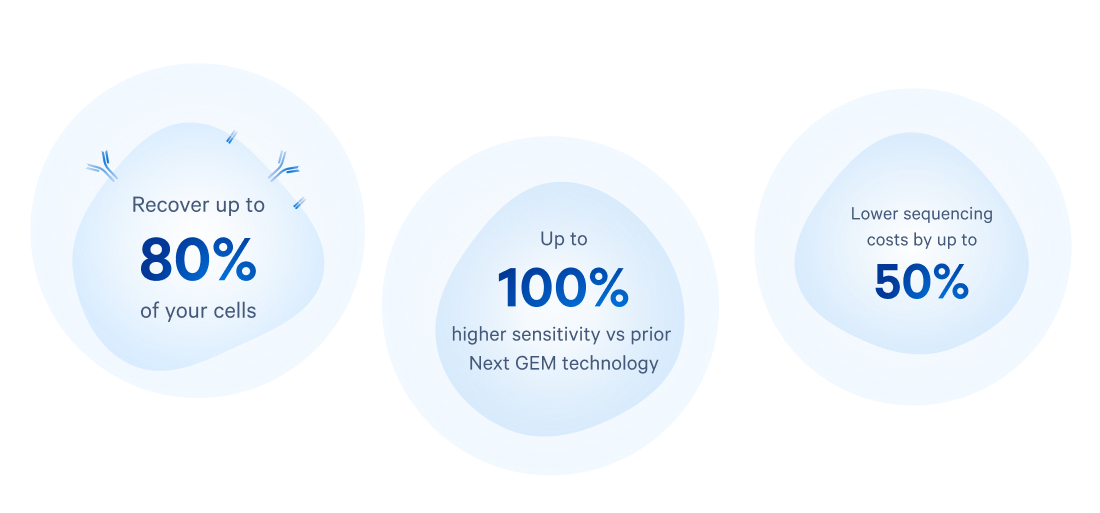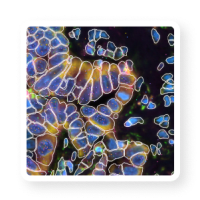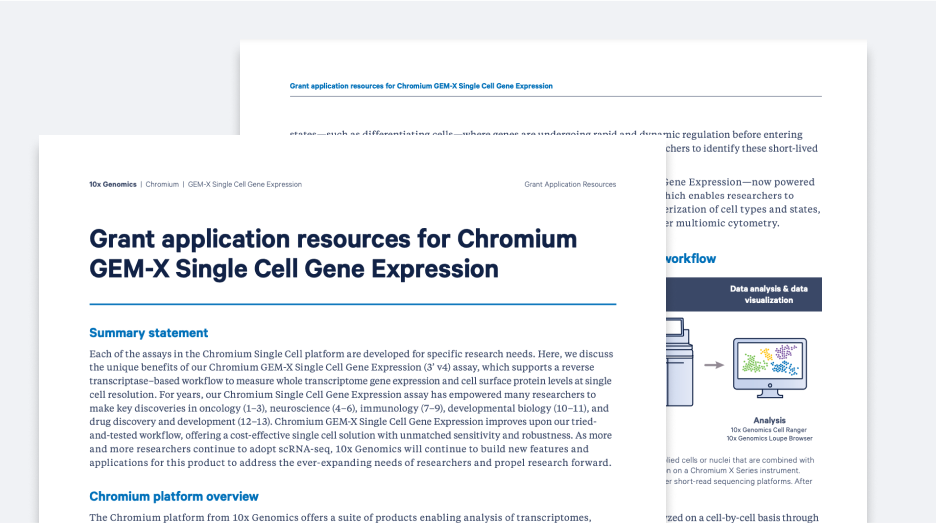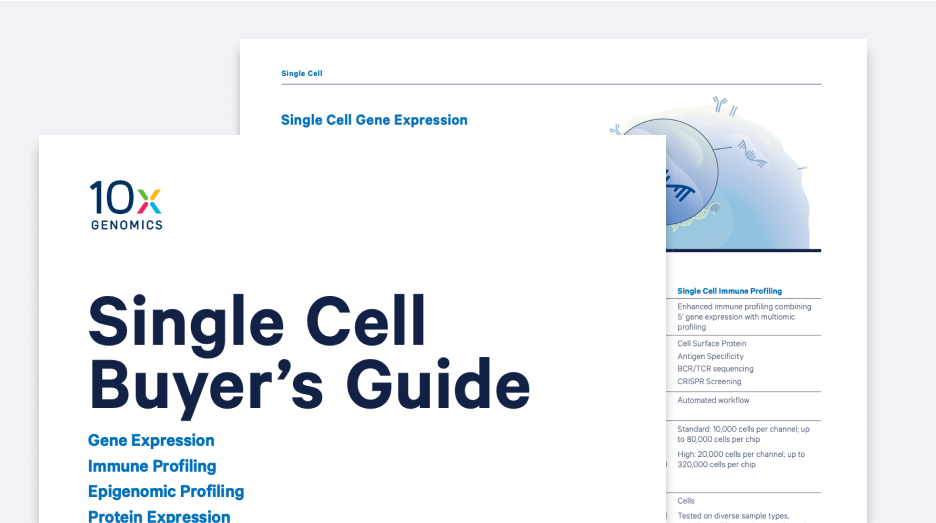

シングルセル解析で有意義な発見を
バルクのシーケンスではリードアウトが平均化され、複雑な生物学を理解する重要な細部が失われてしまいます。
シングルセルシーケンスでは、各細胞に固有の遺伝子発現パターンを見出すことができます。これによって、組織の不均一性をより詳細に理解したり、健康や疾患に大きな影響を及ぼす希少な細胞型の存在を明らかにできます。
Chromiumの強み
- 高い遺伝子感度と最大80%の細胞回収率
- 好中球を含む難しい細胞タイプの検出を向上
- 最も重要なステップを自動化しハンズオンタイムを短縮することでエラーのリスクを低減
- 高品質ライブラリーを作製し、低深度のシーケンスが可能
- 10年間で2,200件以上の特許と15億ドルを超える研究開発投資
多様なサンプルに対応
新鮮組織、凍結組織、または固定組織(FFPEも可)をサンプルとしたプロファイリングを最適なプロトコールで実行し、性能を実証


重要なステップを自動化してエラーを低減
わずか数分で最大200万のバーコード付加する細胞分画を実行し、細胞回収率は最大80%
高品質のシーケンス用ライブラリーを構築
最大95%の使用可能リードを含むライブラリーを生成することで、シーケンスのコストを抑えつつより多くの遺伝子を検出


解析と発見を簡単に
強力なソフトウェアツールでデータを処理・視覚化―バイオインフォマティクスの経験は不要




ユニバーサル遺伝子発現
生物種を問わない、最大限の多様性
逆転写ベースのケミストリー
アイソフォーム、SNPなど、幅広い情報を取得
同一の細胞でマルチオーム測定
3’または5’遺伝子発現
TCR/BCR
タンパク質
CRISPR
パイロット研究~中間スケール研究に
1ランあたり、最大16万細胞(1~8サンプル)
Flex遺伝子発現
ご自身のスケジュールに合わせた固定、バッチ化、ランが可能
プローブベースのケミストリー
低品質サンプルやFFPE組織サンプルでも良好に機能
同一の細胞でマルチオーム測定
遺伝子発現
タンパク質
CRISPR
最高のスループットを実現するオプション
1ランあたり最大200万細胞(1~16サンプル)
エピクロマチン
エピゲノムのプロファイルを解き明かす
ATAC-seqケミストリー
オープンクロマチン領域を探索
3’遺伝子発現と直結(マルチオームキット)
同一の細胞でマルチオーム測定
クロマチンアクセシビリティ
3’遺伝子発現
スケーラブルな核の調製
1ランあたり最大80,000個の核(1~8サンプル)をプロファイリング
David Michonneau, PhD
セントルイス病院血液内科 教授



開始にあたっての実践上の留意点とベストプラクティス
プラットフォーム |  Chromiumシングルセル |  Visium 空間解析 |  Xenium In Situ |
|---|---|---|---|
どんなときに | 包括的なシングルセルデータ 細胞の集団および状態に関する詳細な解析に最適 | 高解像度の空間的遺伝子発現 複雑な組織、近傍領域、細胞間相互作用を理解し、他の空間的オミックス、組織、形態に関する情報と統合 | |
何のために | 偏りのないシングルセルの発見 高い遺伝子感度 | 偏りのない空間的な発見 | ターゲット空間的探索 高い遺伝子感度 |
アプリケーション | 全トランスクリプトーム遺伝子発現 タンパク質 TCR, BCR CRISPR ATAC | 全トランスクリプトーム遺伝子発現 | ターゲット遺伝子発現(最大5,000遺伝子) |
解像度 | シングルセル | 2 μm四方に割り当てられた転写物 | シングルセル |
データの測定 | NGSベース | NGSベース | 画像ベース |
対応サンプル | シングルセルまたは核の懸濁液(新鮮組織、凍結組織、またはFFPEサンプルから) | FFPE Fresh frozen Fixed frozen | 新鮮凍結組織 FFPE |




